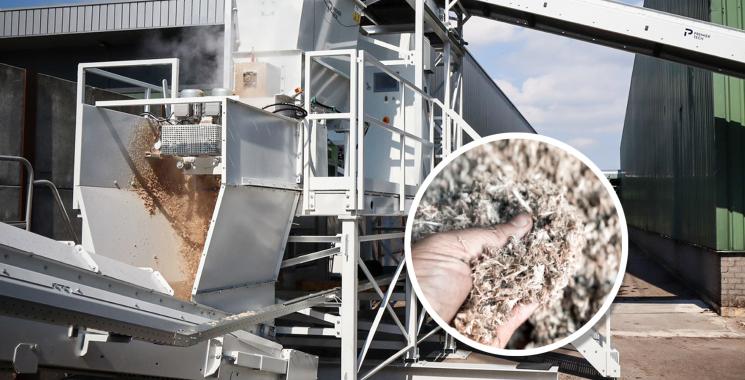Australian Organics Recycling Industry Capacity report 2022/23
The Australian Organics Recycling Association (AORA) has just released its Australian Organics Recycling Industry “Capacity Assessment Report 2022/23”. This report is produced every second year, alternating with the Australian Organics Recycling Industry “The Economic Contribution of the Australian Organics Recycling Industry,” also commissioned by AORA. Both reports are produced by Australian Economic Advocacy Solutions for AORA.
As Australia transitions to a net-zero and circular economy, organics recycling is recognised as a key contributor to the success of this transition. With almost half of Australia’s waste stream comprising organics, the imperative to divert organics away from landfill continues to be a priority.
The report highlights:
- Processes 7.7 million tonnes of organic material each year, diverting this away from landfill to produce high-quality products such as compost, soil conditioners and mulches.
- Provides 5,032 jobs to Australian residents, paying over a $386 million in wages and salaries
- Has a collective industry turnover of over $2.1 billion; sourcing $1.9 billion across its supply chain, investing $156 million in land, buildings, plant and equipment and vehicles each year and contributing $781 million in industry value add to the Australian economy.
- Diverts organic resources for recycling, significantly reduces emissions and recovers valuable nutrients from being landfilled that improves sustainability and provides benefit to our community. Organics recycling closes the loop on food and other organic wastes and ultimately returns them to production through the soil or other value-added inputs to our economy. It is an exemplar of the “circular economy.”
- The total estimated greenhouse gas savings from organics recycling of materials received in Australian in 2021-22 is approximately 3.9 million tonnes of CO2-e. These GHG savings are considered approximately equivalent to:
- Approximately 5.8 million trees would have to be planted to absorb the same amount of CO2.
- The greenhouse gas emissions that 902,311 cars would produce in a year.
A key metric of the latest “Capacity Assessment Report 2022/23” is how the Australian Organics Recycling Industry is positioned to reach the milestones of 70, 80, 90 and 95 percent national recycling rates for organics. A key outcome of the report’s analysis is that the industry is capable of processing an additional 61.1 per cent of organic materials (or 4.73 million of collective processing capacity each year) given the physical capacity of their existing operations. Only South Australia and the ACT are capable of meeting the required processing capacity for each of the 70, 80, 90 and 95 per cent organic recycling rates with other states/territories falling short on their processing capacity to varying degrees.
On the basis of the above there will be a requirement to either create new capacity among existing industry or promote new industry participants once existing capacity is exhausted. This will particularly be the case for organic material recycling in most rural and regional areas, where there is currently little or no way to deal with organic waste but to landfill it due to low capacity and infrastructure.
The full Australian Organics Recycling Industry “Capacity Assessment Report 2022/23” will be released to on 1 March 2024 and will be available to AORA members via the AORA website – www.aora.org.au

